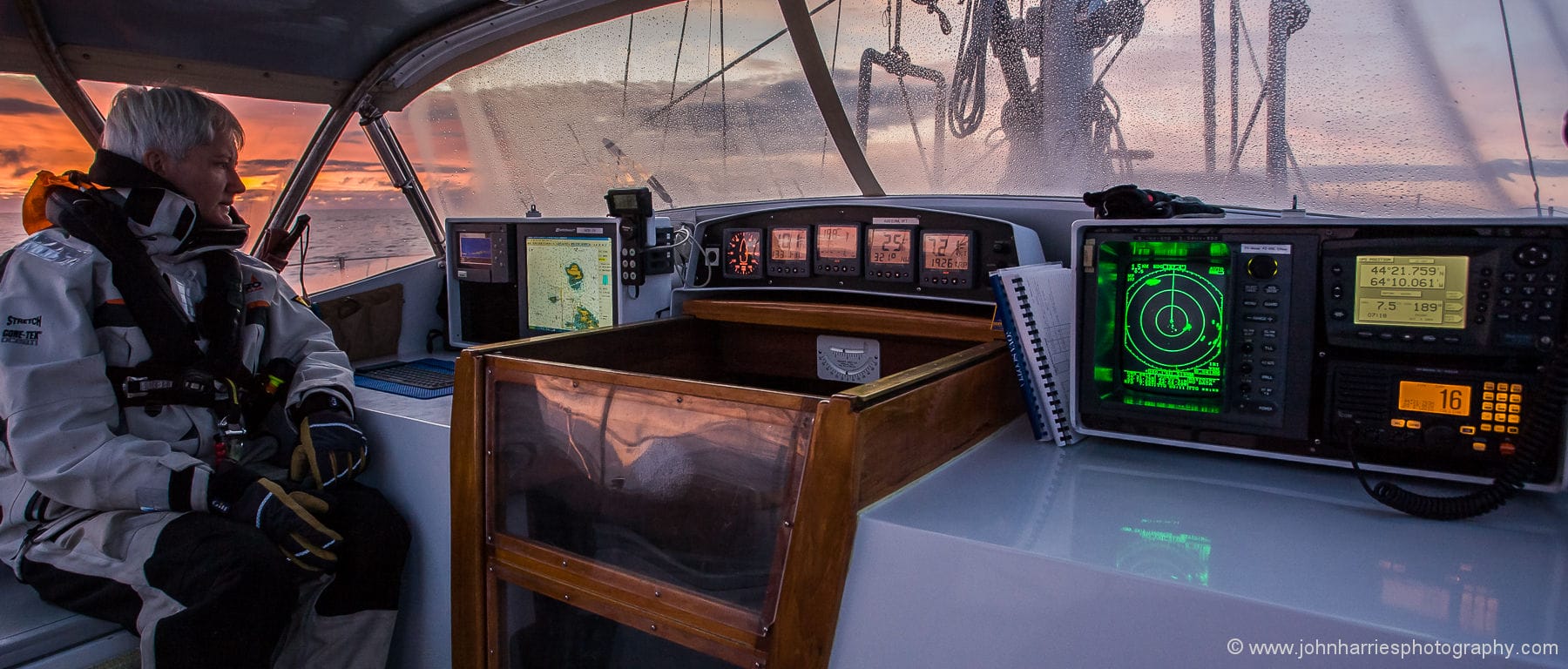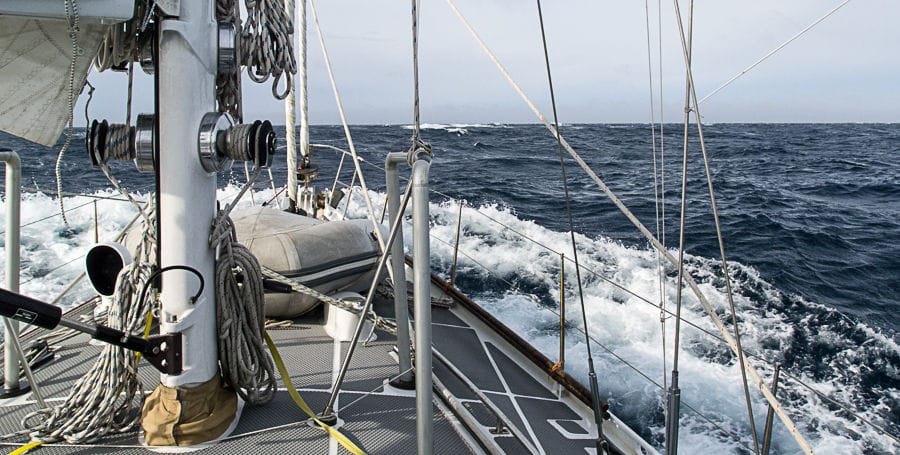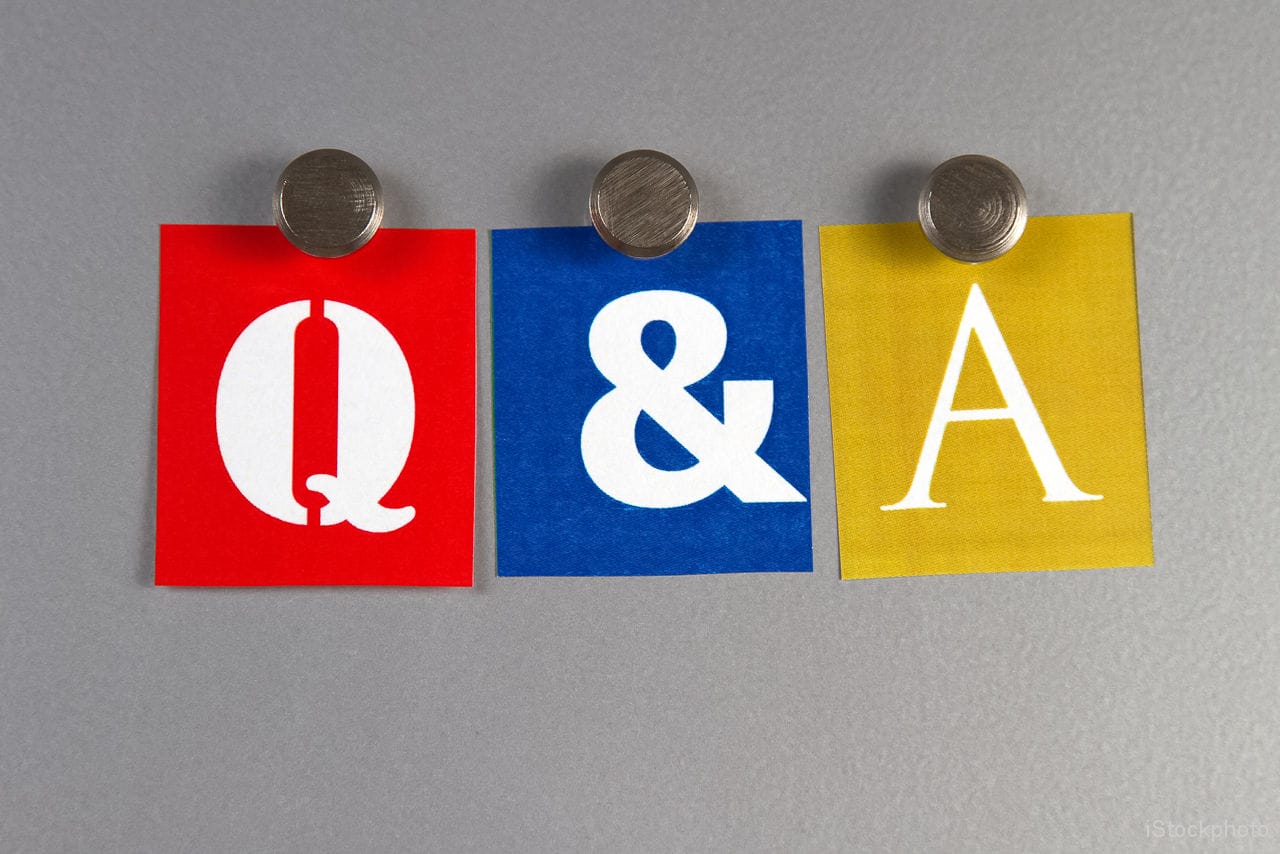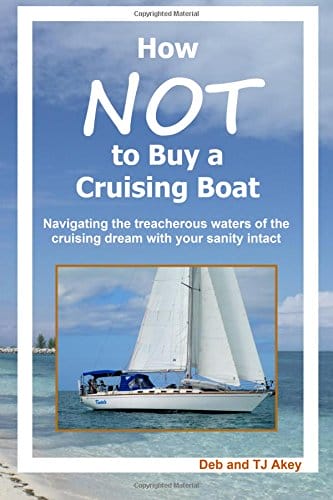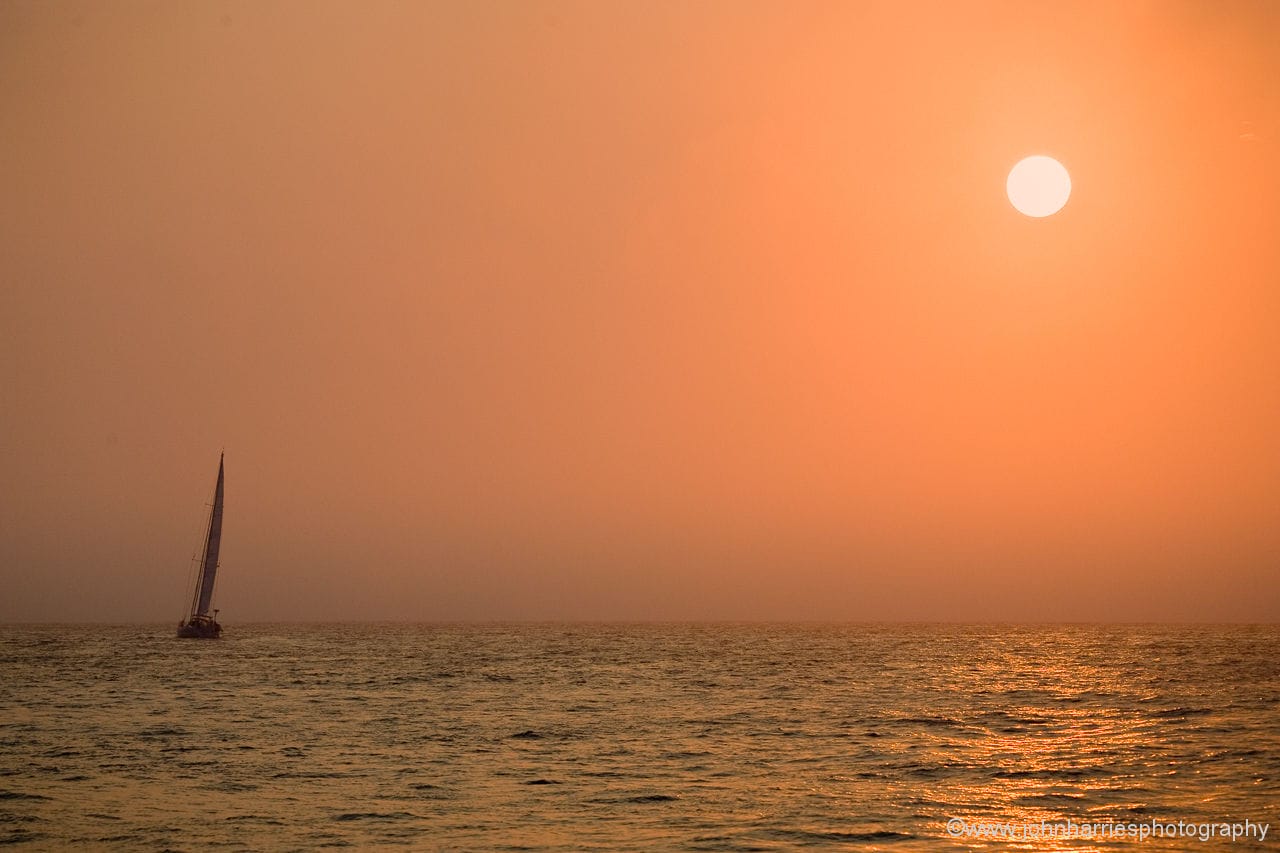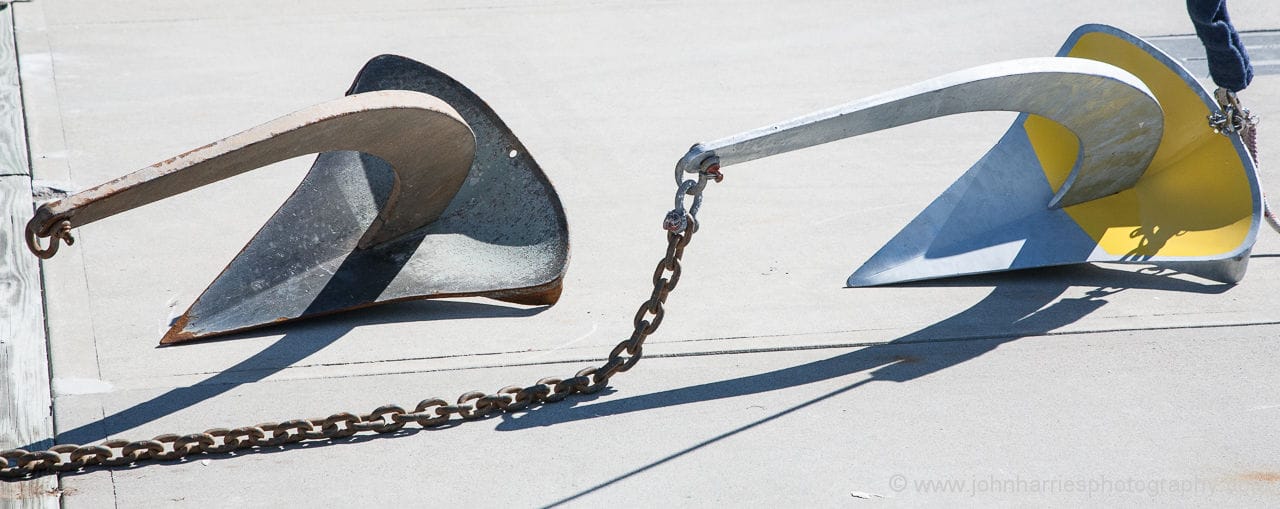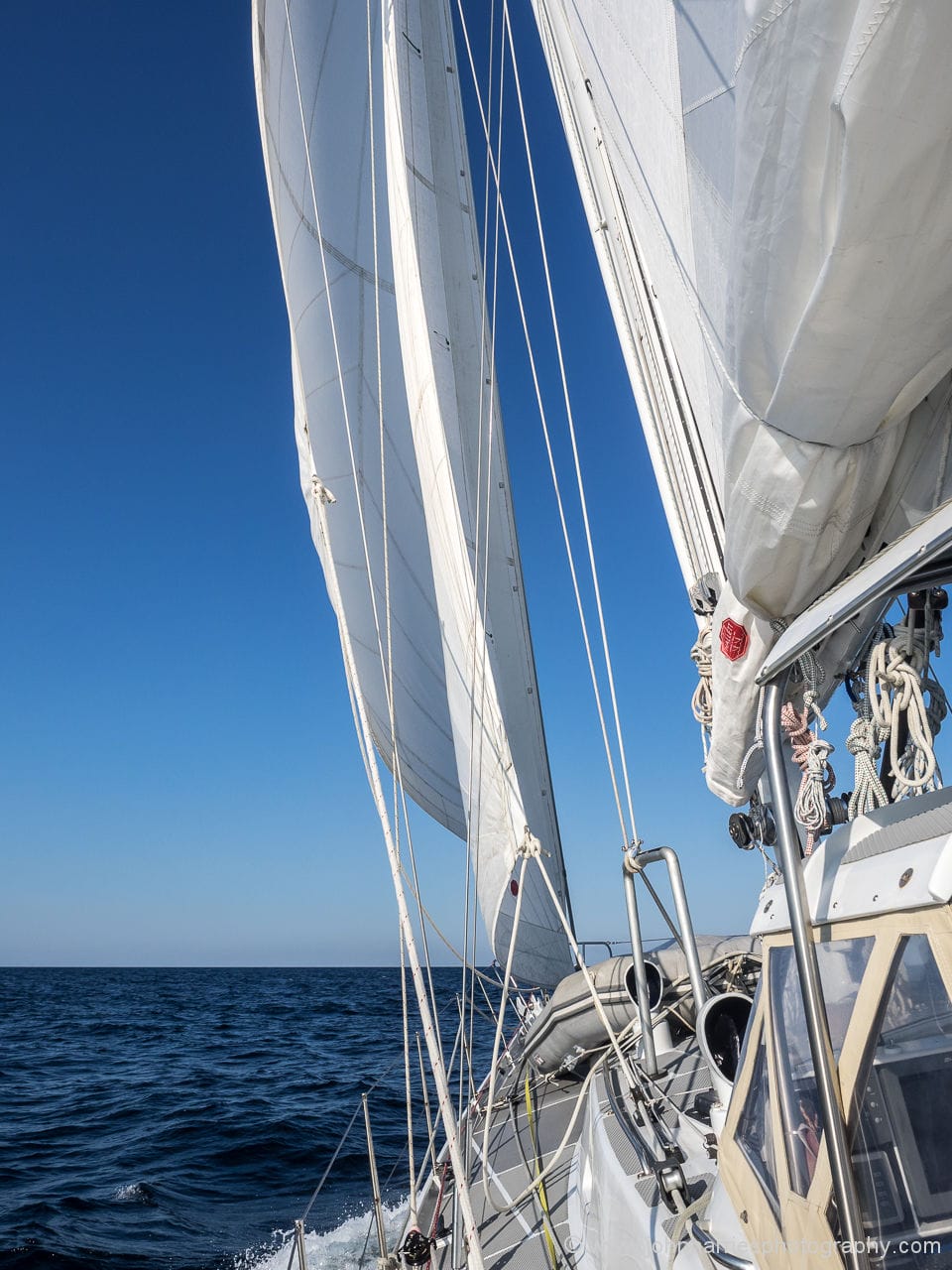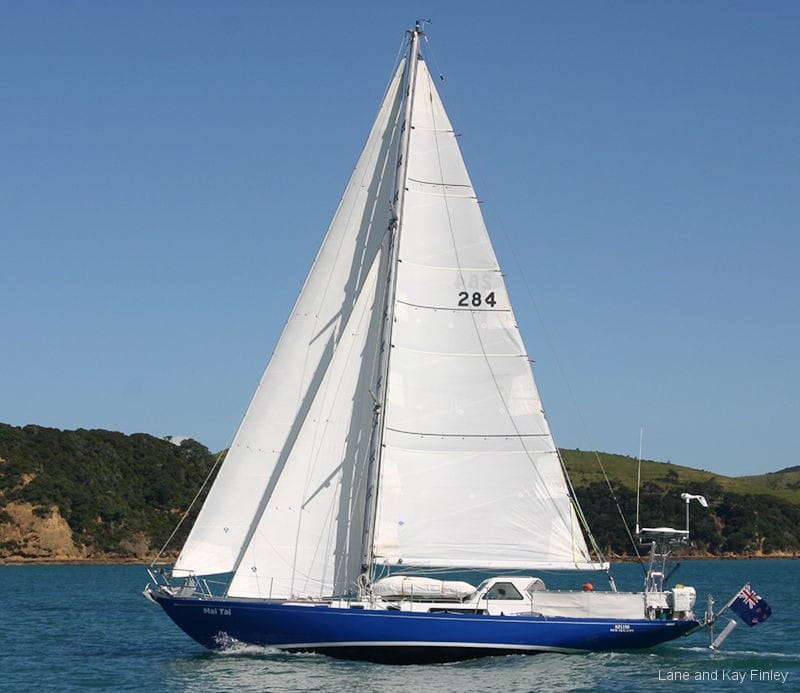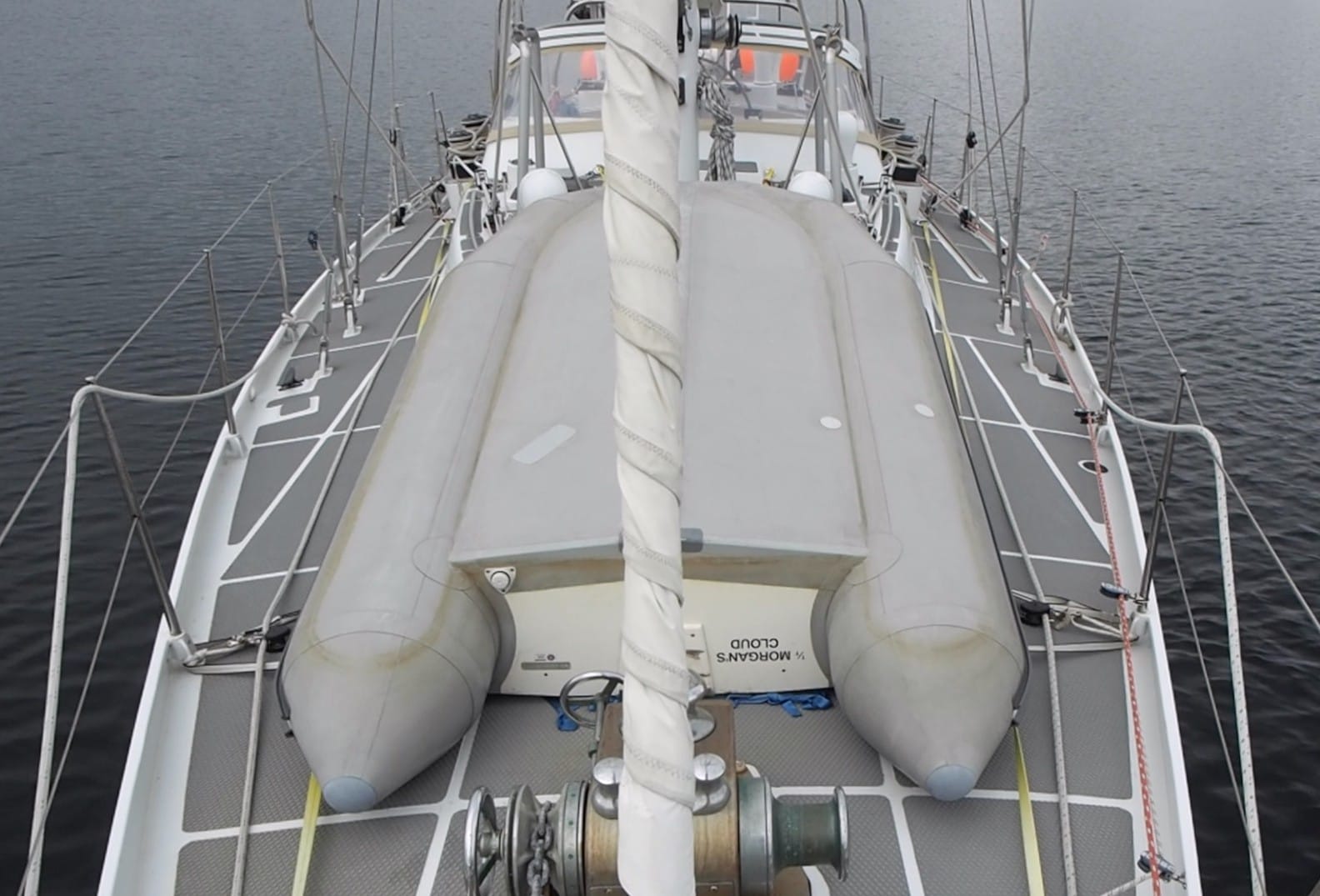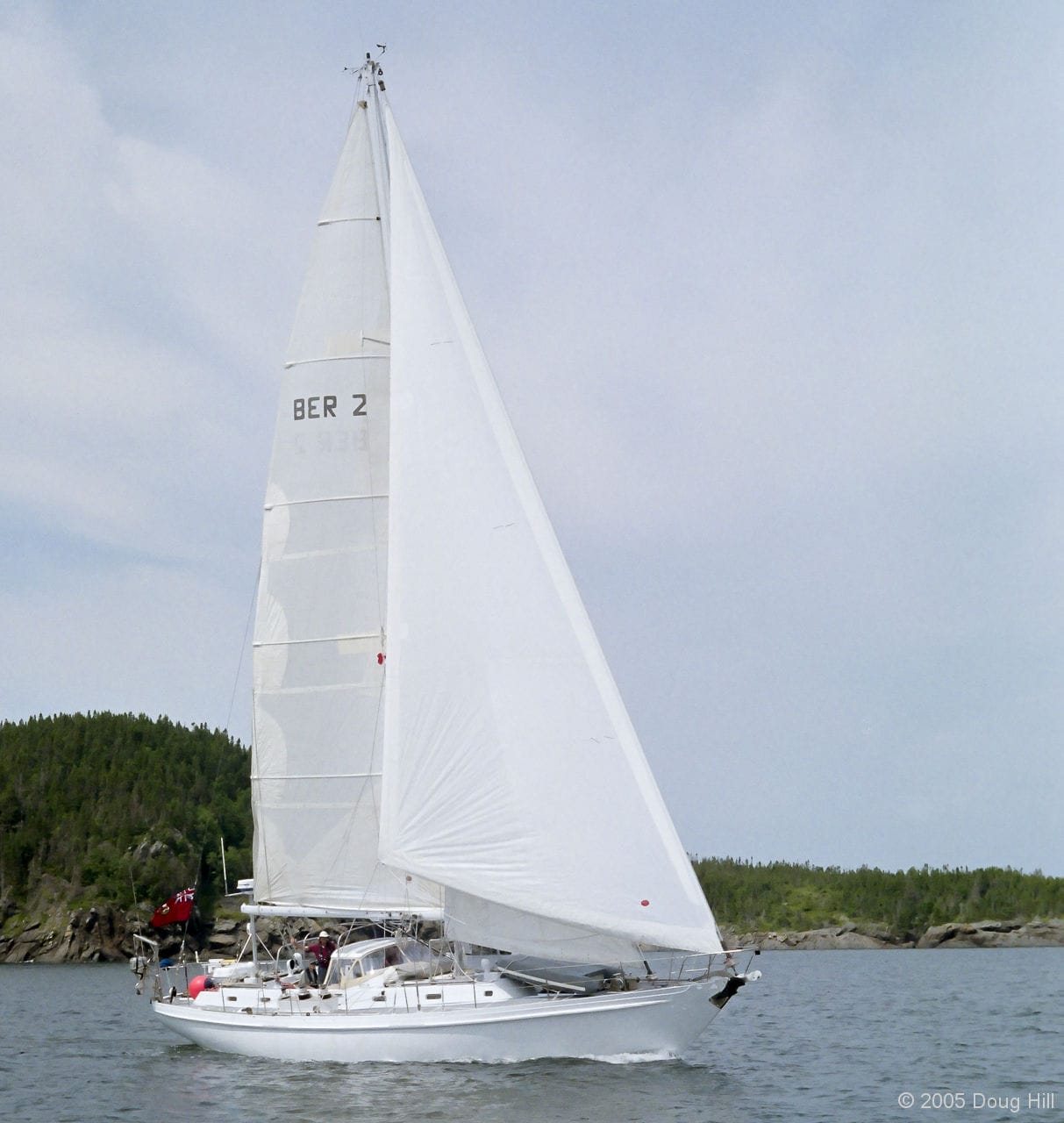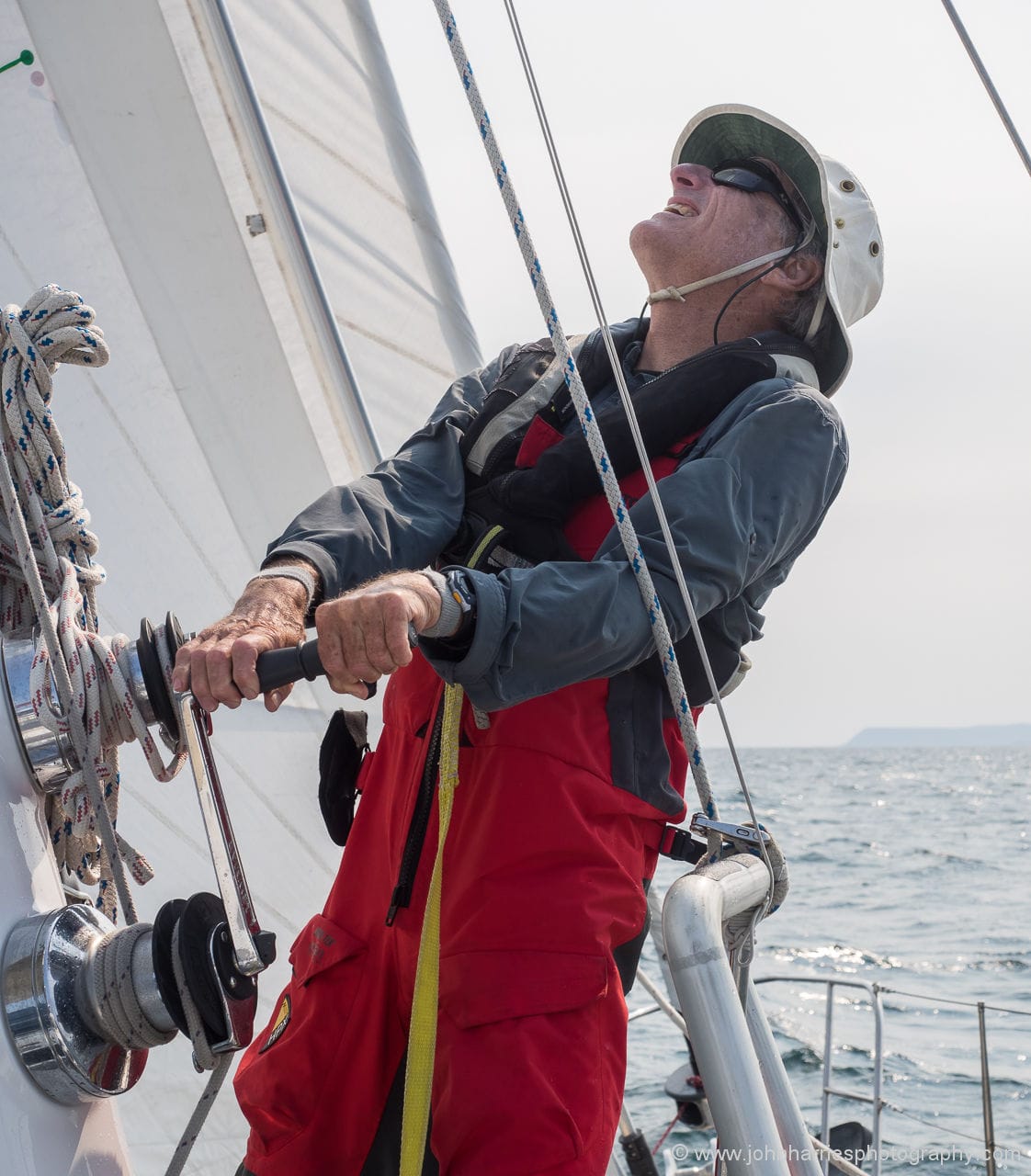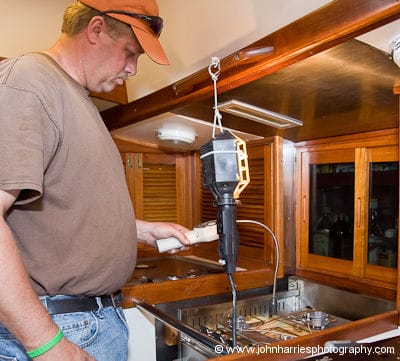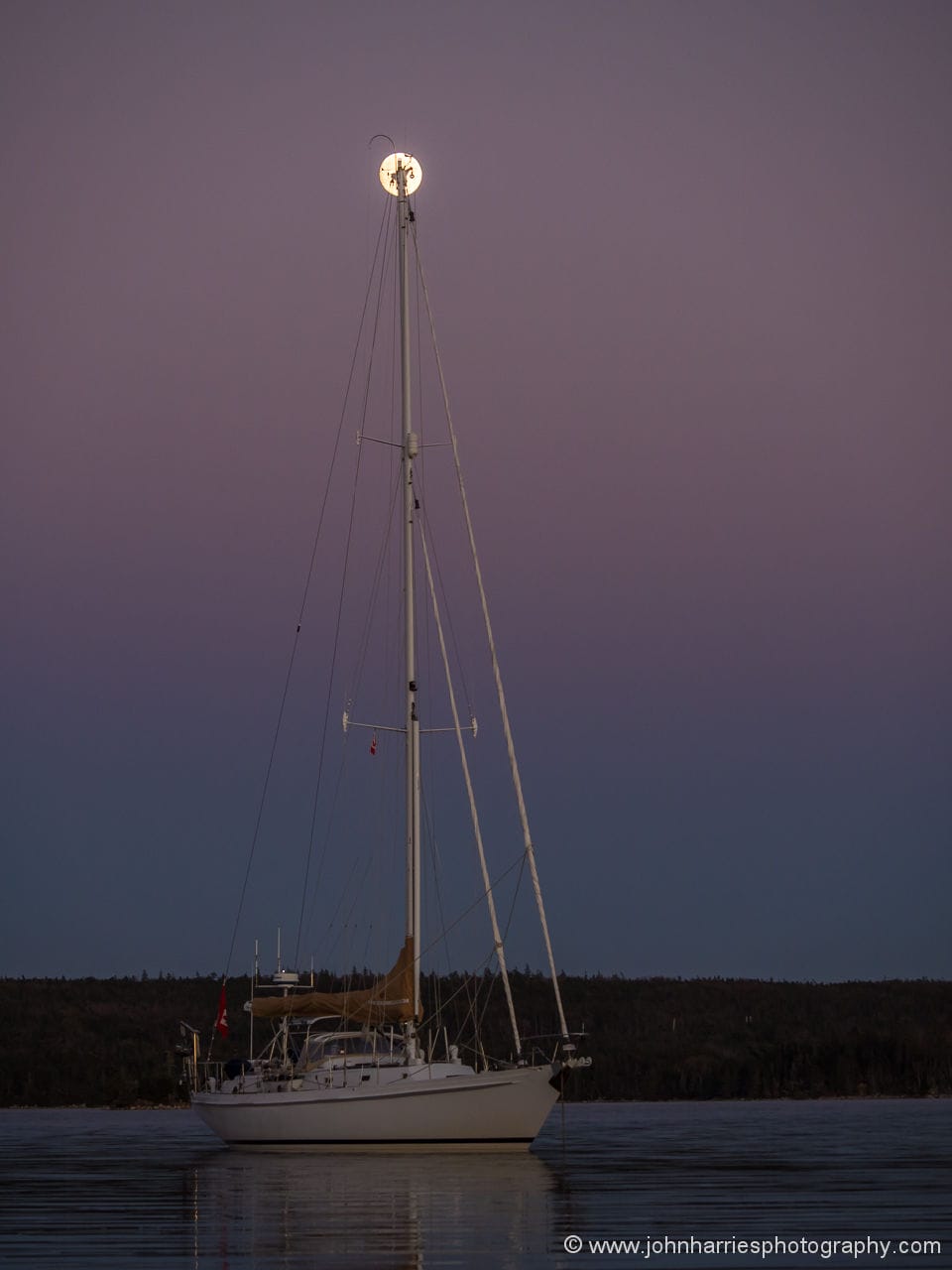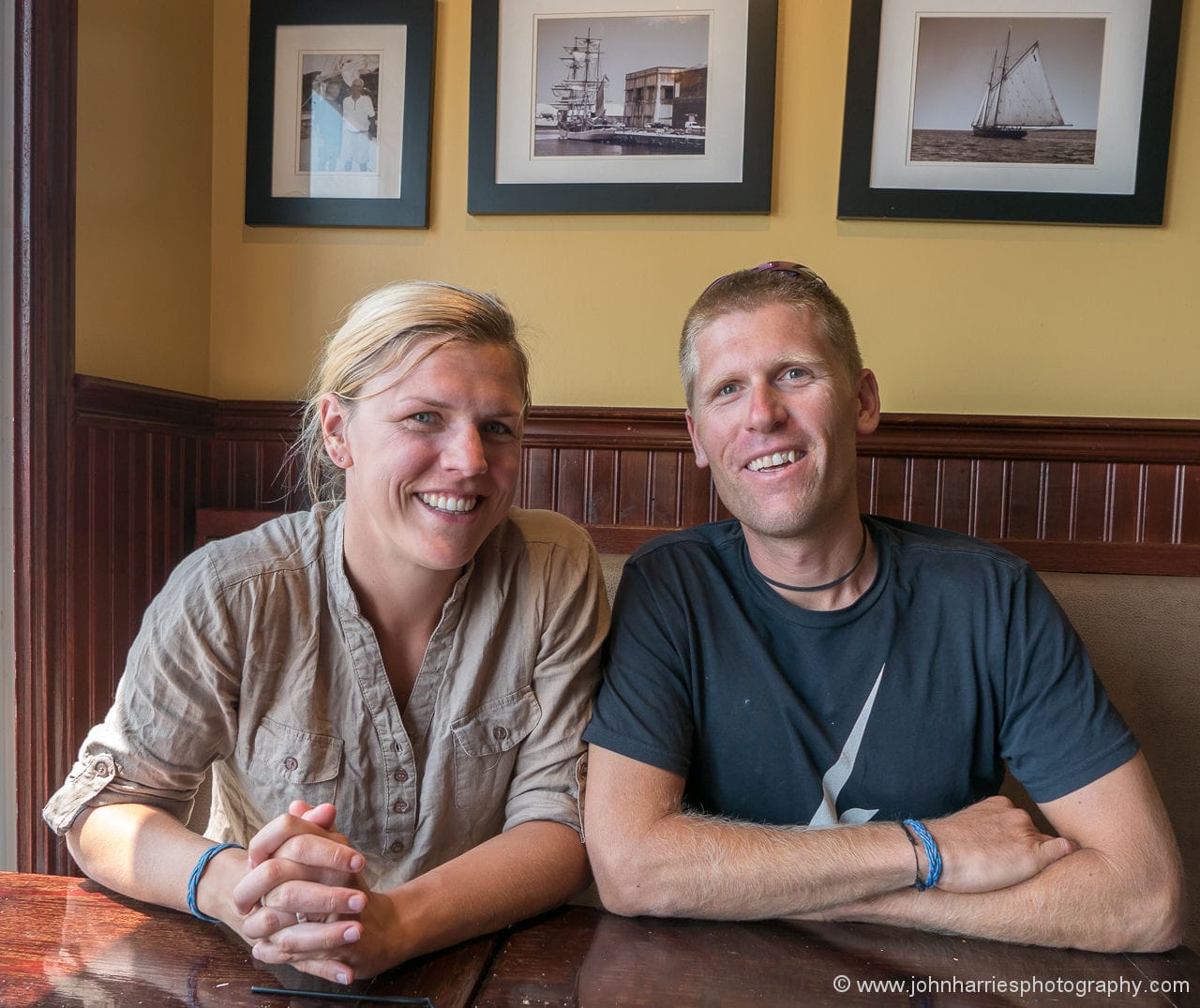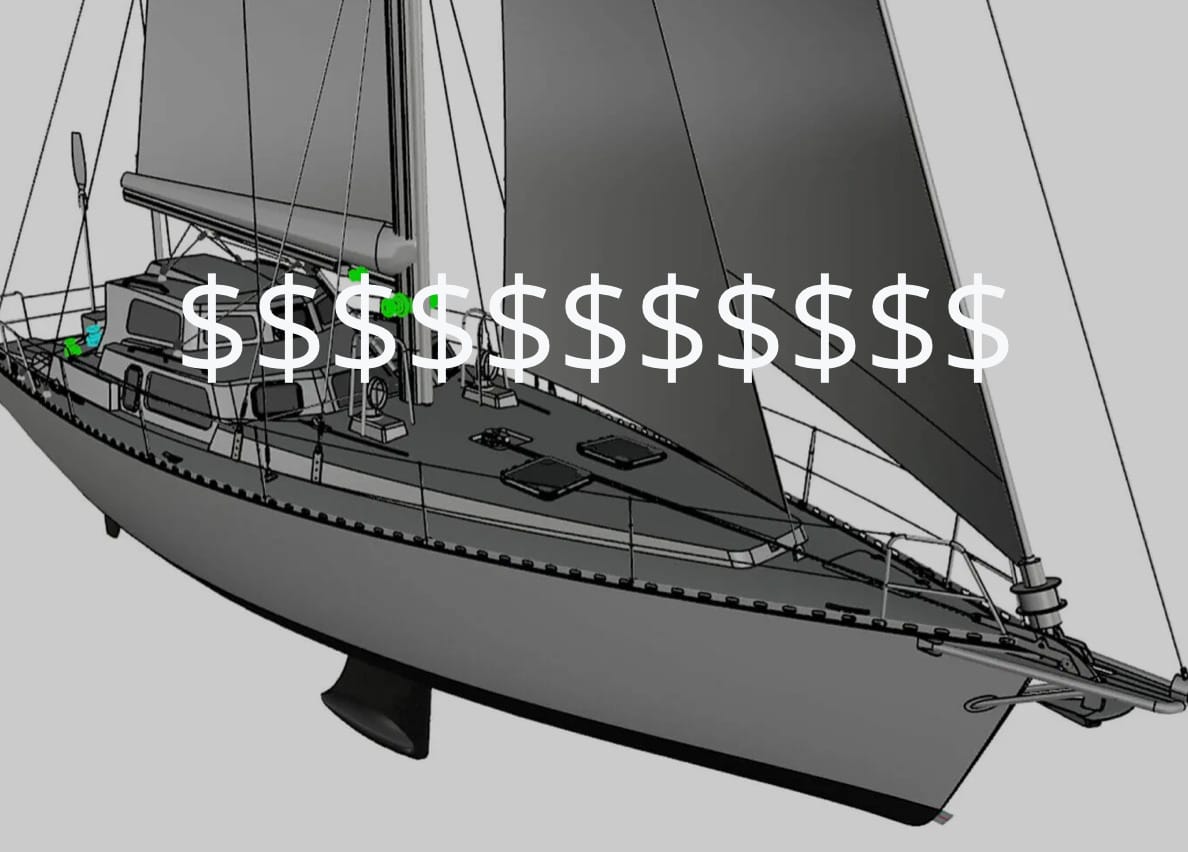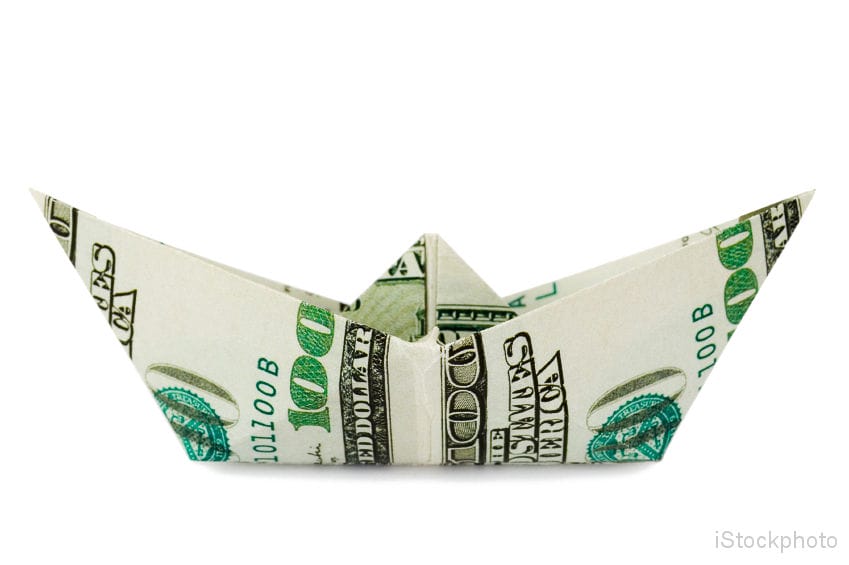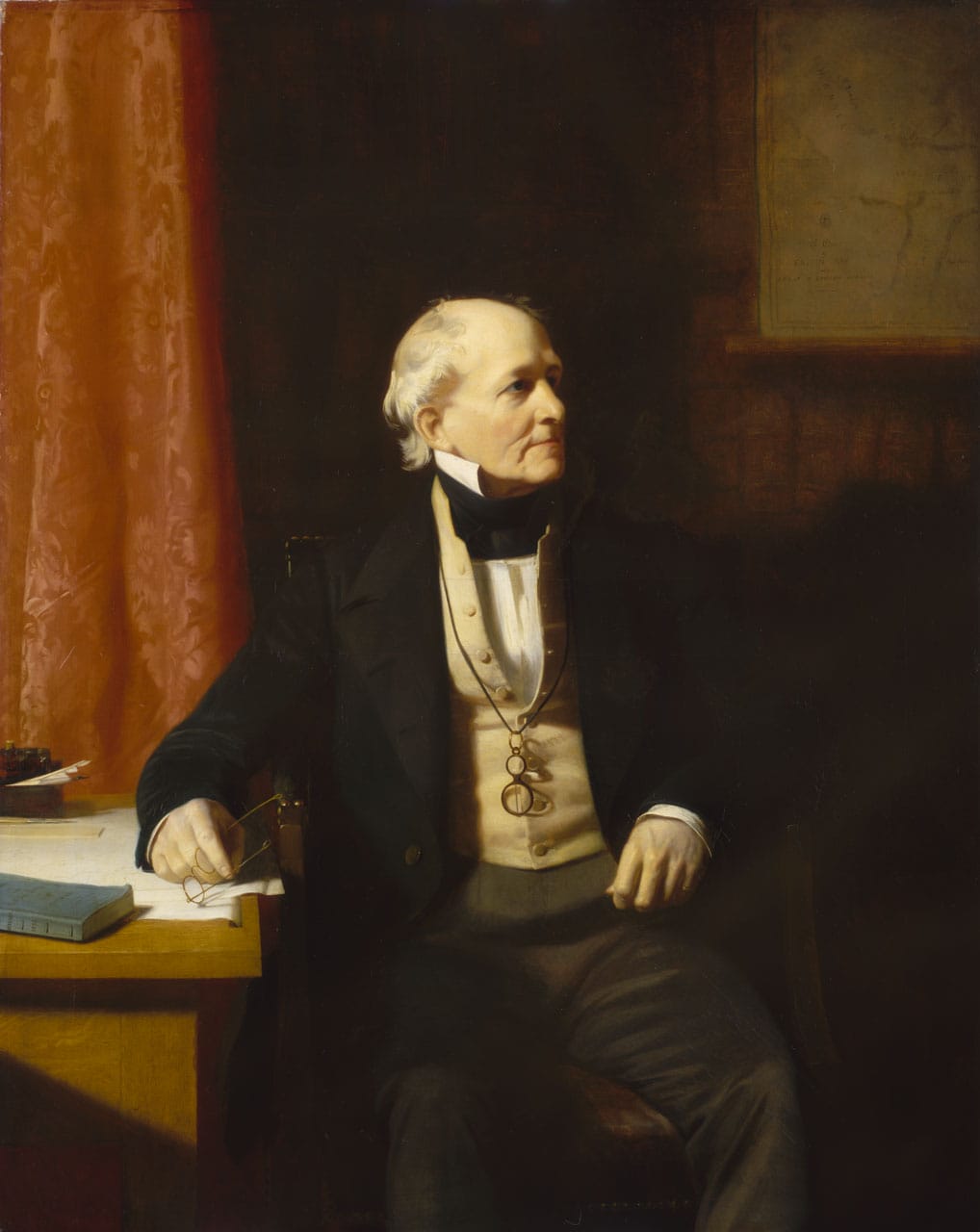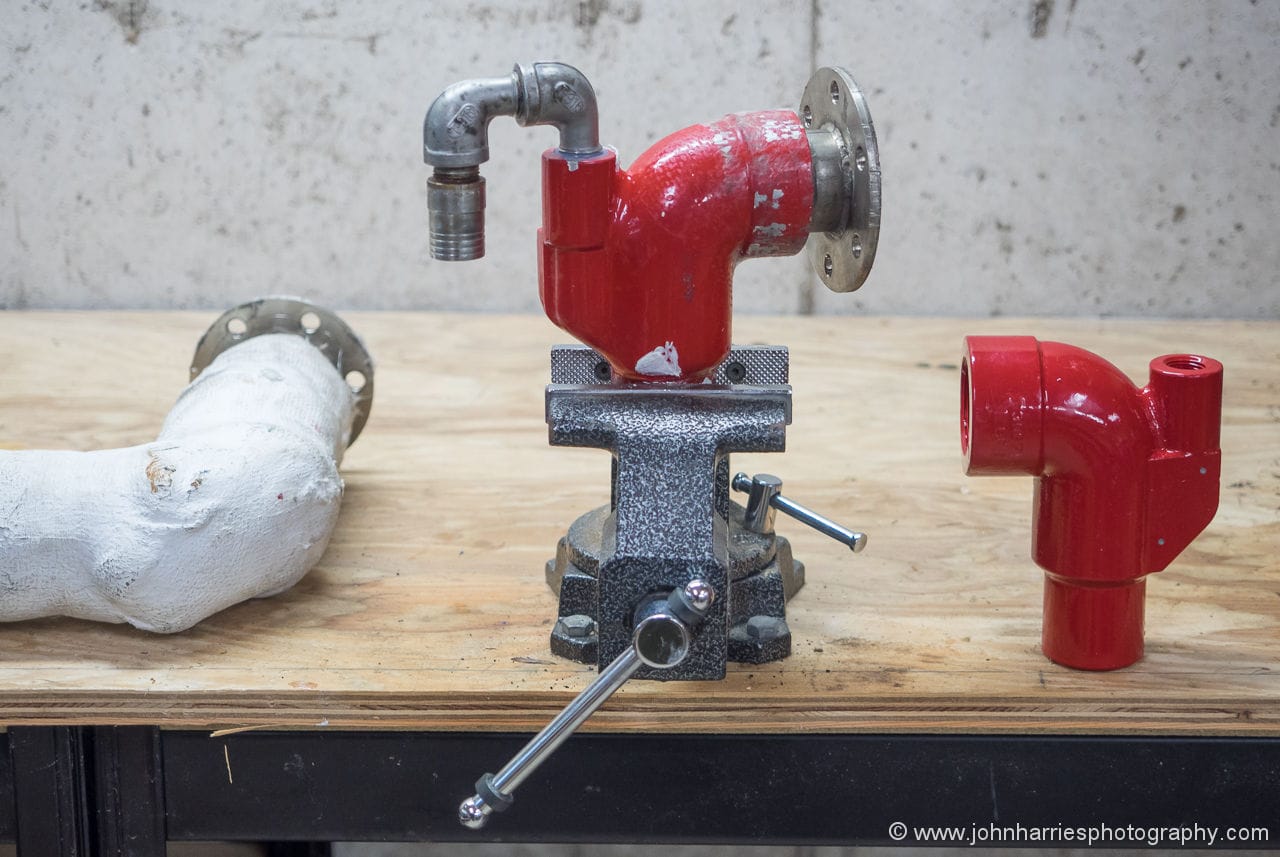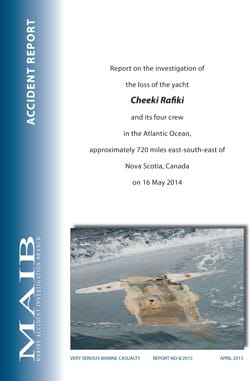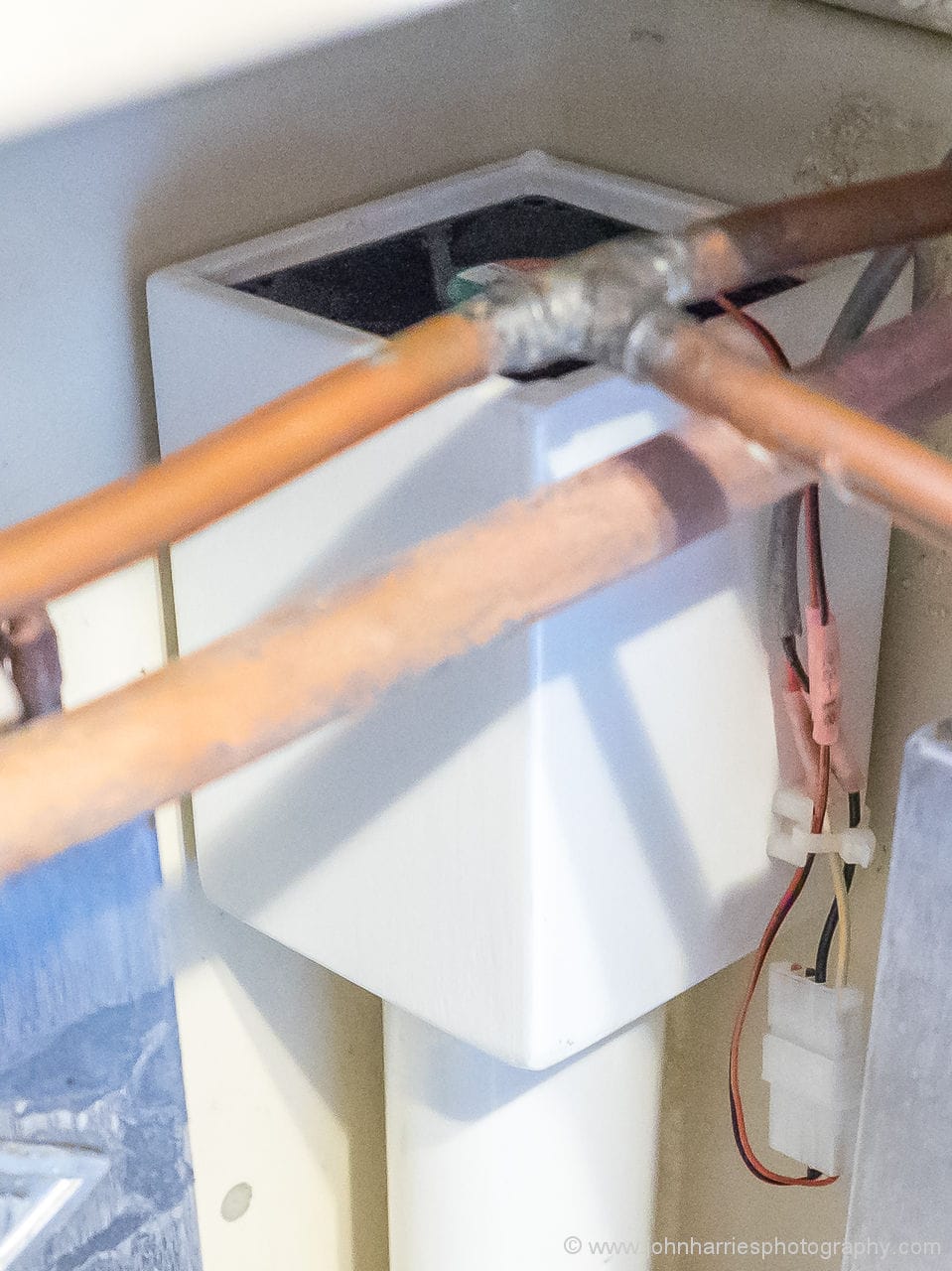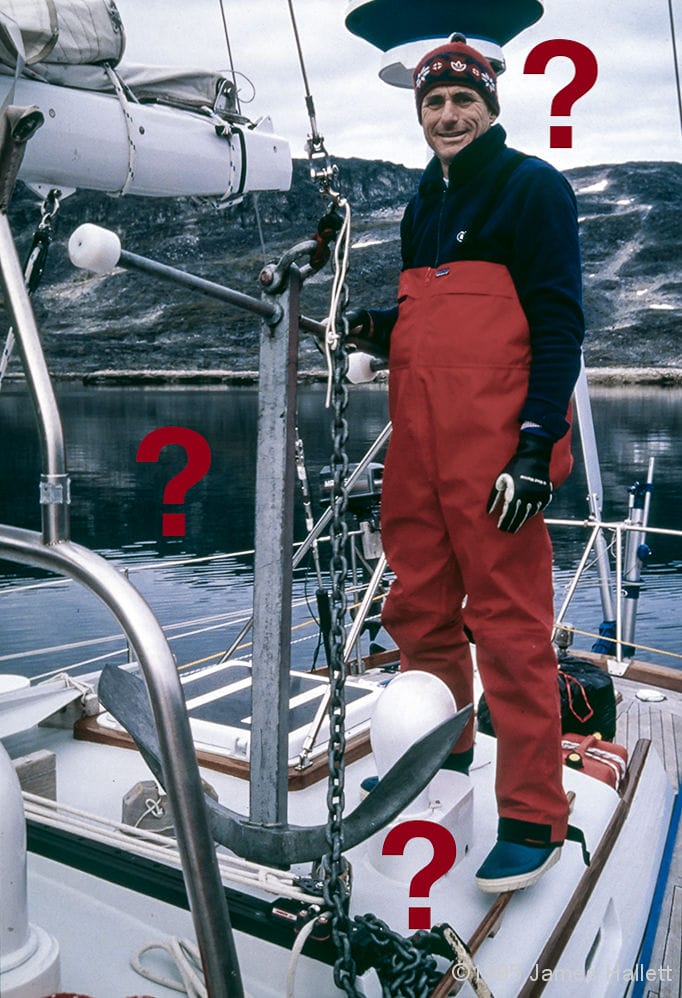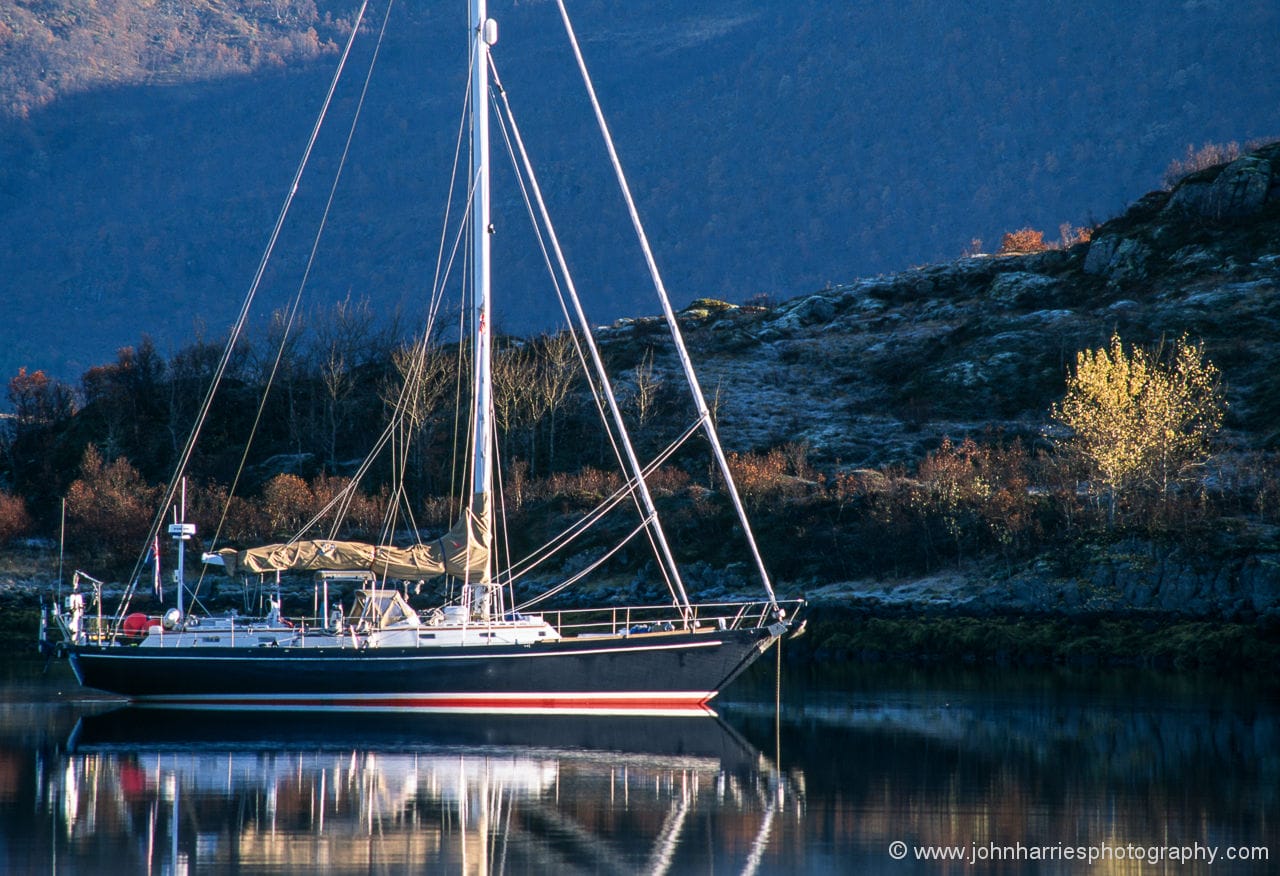-
Two Tips to Make Your First Ocean Passage as Skipper Safe and Fun
29 CommentsReading Time: 5 minutesMembersRead more: Two Tips to Make Your First Ocean Passage as Skipper Safe and FunThe skills required to become a competent skipper of an ocean crossing yacht are not that difficult to learn, but there are a couple of things we must do to attain that goal.
-
Q&A: Should I Get a Watermaker?
74 CommentsReading Time: 2 minutesFreeRead more: Q&A: Should I Get a Watermaker?John answers an interesting question on the relative benefits of installing a watermaker…or not.
-
How Not To Buy a Cruising Boat
68 CommentsReading Time: 3 minutesFreeRead more: How Not To Buy a Cruising BoatIf you are looking to buy a new or used boat, you need to read this book, because it will save you a lot of heart ache.
-
Let’s Make It Easier, Not Harder, For New Cruisers
95 CommentsReading Time: 3 minutesFreeRead more: Let’s Make It Easier, Not Harder, For New CruisersThere are so many skills required to be a competent seaman. The trick to getting out there cruising is prioritizing the ones that really matter.
-
A Cool Thing I Just Learned
33 CommentsReading Time: 2 minutesFreeRead more: A Cool Thing I Just LearnedNo matter how long you have been around boats, there’s always something new to learn.
-
Anchor Tests—The Good, The Bad, and The Downright Silly
44 CommentsReading Time: 6 minutesMembersRead more: Anchor Tests—The Good, The Bad, and The Downright SillyWe sailors love to talk about anchor tests, and yes, they are useful, but never forget that they are all fundamentally flawed.
-
Cutter Rig—Optimizing and/or Converting
120 CommentsReading Time: 9 minutesMembersRead more: Cutter Rig—Optimizing and/or ConvertingNow we get to the nitty gritty: How to convert your boat to a cutter rig and how to make existing cutters better.
-
Cutter Rig—Should You Buy or Convert?
42 CommentsReading Time: 3 minutesMembersRead more: Cutter Rig—Should You Buy or Convert?When does the cutter rig make sense, both when buying a new boat and considering a conversion? We have a simple decision-tree to make things simple.
-
A Video Deck Tour of “Morgan’s Cloud”
8 CommentsReading Time: 2 minutesFreeRead more: A Video Deck Tour of “Morgan’s Cloud”There are few things more interesting and useful than a tour of another experienced offshore voyager’s boat. So here’s a video deck tour of “Morgan’s Cloud”.
-
12 Reasons The Cutter Is A Great Offshore Voyaging Rig
74 CommentsReading Time: 9 minutesMembersRead more: 12 Reasons The Cutter Is A Great Offshore Voyaging Rig12 reasons that the true cutter is simply the best rig for short-handed offshore voyaging. And even if you don’t have a cutter, this chapter can help you make your boat easier to sail and faster too.
-
Be A Master Of The Deck
25 CommentsReading Time: 5 minutesFreeRead more: Be A Master Of The DeckStaying in the cockpit of a sailboat most of the time at sea and not getting out on deck often is not a good idea or safe.
-
Ten Ways to Make Propane Safer
91 CommentsReading Time: 6 minutesMembersRead more: Ten Ways to Make Propane SaferPropane is an intrinsically dangerous fuel to have on a boat. Here are 10 tips to ameliorate the risk of an explosion.
-
Yacht Club Flag Etiquette—Time To Get Over Ourselves
34 CommentsReading Time: 4 minutesFreeRead more: Yacht Club Flag Etiquette—Time To Get Over OurselvesIt’s time for yacht clubs to rethink and to stop projecting a stuffy last century vibe.
-
John’s Thoughts & Photos, July 2015
16 CommentsReading Time: 4 minutesFreeRead more: John’s Thoughts & Photos, July 2015Celebrating the middle of the sailing season (in the North) with post on a cool meeting with great potential for AAC, a great video, and some other fun stuff too.
-
Unbundling The Adventure 40
57 CommentsReading Time: 4 minutesFreeRead more: Unbundling The Adventure 40Solving a fundamental problem standing between us and a real Adventure 40 that we can sail away.
-
Boat Maintenance—Don’t Go Broke Saving Money
21 CommentsReading Time: 4 minutesMembersRead more: Boat Maintenance—Don’t Go Broke Saving MoneyA chapter that will give you a whole new way to think about boat maintenance, including an easy-to-use gear selection method that will save you a bundle as well as untold grief.
-
Don’t Abuse Admiral Beaufort
11 CommentsReading Time: < 1 minuteFreeRead more: Don’t Abuse Admiral BeaufortI’m seeing gross misuse of the Beaufort scale. Let’s not do this.
-
When Did Your Exhaust Elbow Last Feel The Love?
49 CommentsReading Time: 2 minutesFreeRead more: When Did Your Exhaust Elbow Last Feel The Love?Your engine mixing elbow can damage your engine. Here’s how to prevent that.
-
“Cheeki Rafiki” Report Misses An Opportunity to Make Boats Safer
67 CommentsReading Time: 9 minutesFreeRead more: “Cheeki Rafiki” Report Misses An Opportunity to Make Boats SaferI would be the first to commend the authors of the report on their diligence in analyzing the capsize of the Beneteau First 40.7 Cheeki Rafiki and the tragic loss of four lives. Having said that I believe said report failed the offshore sailing community in its recommendations. Here are my thoughts on what we need to do to prevent another tragedy in the future.
-
Cool Gadget to Keep Your Frozen Food Frozen
14 CommentsReading Time: 4 minutesFreeRead more: Cool Gadget to Keep Your Frozen Food FrozenHere’s a simple easy-to-build gadget that will make a huge difference to the effectiveness of your freezer, by circulating the air so the stuff at the top and farthest from the plates does not thaw, while the food at the bottom and against the plates remains frozen, particularly when the freezer is packed tight.
-
Third Anchors, Storm Anchors and Spare Anchors
23 CommentsReading Time: 6 minutesMembersRead more: Third Anchors, Storm Anchors and Spare AnchorsAfter we have bought our best bower (primary anchor) and kedge, what should our third anchor be? The logical answer will surprise you…as it did me.
-
John’s Thoughts & Photos, June 2015
8 CommentsReading Time: 4 minutesFreeRead more: John’s Thoughts & Photos, June 2015A few thoughts and photographs to start the month off: lee shores, pubs, books, and a sobering reminder.
-
Let’s Think Smart
19 CommentsReading Time: 4 minutesFreeRead more: Let’s Think SmartThinking smart, rather than lazy, can make all the difference when voyaging…and in life.
-
Kedge (Secondary Anchor)—Recommended Type and Size
61 CommentsReading Time: 7 minutesMembersRead more: Kedge (Secondary Anchor)—Recommended Type and SizeThe second most important anchor on our boats after the best bower is the kedge. What type should it be and how big? We make it simple.
